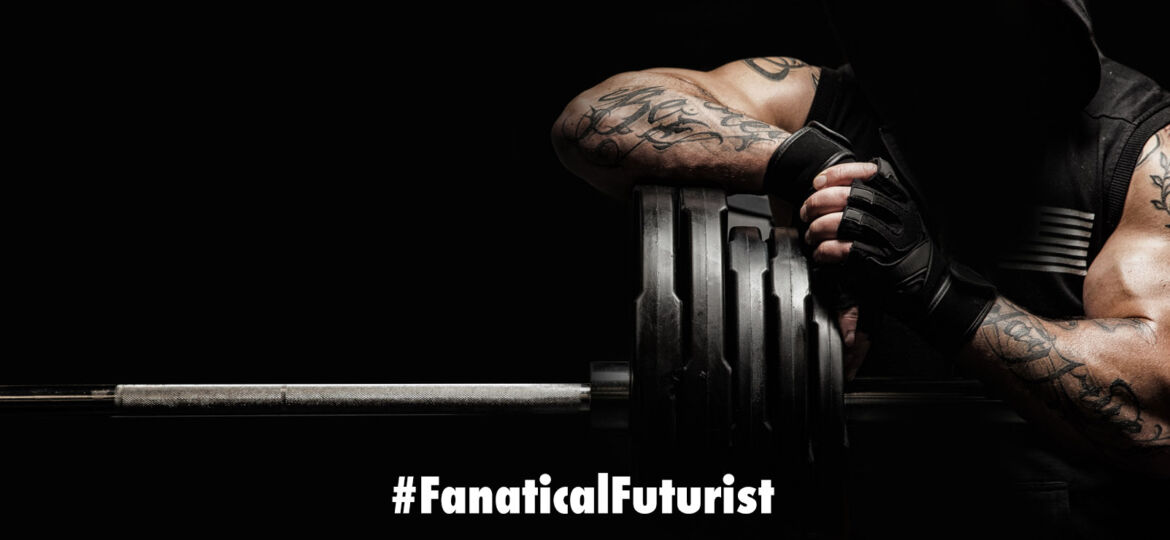
WHY THIS MATTERS IN BRIEF
As we see advances in AI and machine vision in the future you won’t need a wearable to improve, monitor or measure your workouts, all you’ll need is a camera.
Interested in the Exponential Future? Connect, download a free E-Book, watch a keynote, or browse my blog.
Interesting things happen when a machine’s vision, and its ability to understand what it’s seeing, becomes as good as, and in many cases better than, human vision. For starters, it can help AI’s train world class violinists, help plant and harvest crops and keep people safe, as well as keep them in check, and much more. There’s no denying that machine vision has come a long way in the past decade. And now there’s a new way it can help.
Many people already use wearables such as smartwatches to count their repetitions while exercising, and now researchers at Carnegie Mellon University have developed what could be a better alternative in the form of a user-monitoring computer vision system.
The problem with wearable devices is that while they’re able to identify exercise-associated movements of the body part upon which they’re being worn, so they may miss everything else that’s going on. It was with this limitation in mind that PhD students Rushil Khurana and Karan Ahuja created the GymCam system.

The GymCam “Dashboard”
It utilizes an ordinary stationary video camera, that’s hooked up to a computer – the technology could even be incorporated into a smartphone app. As the camera “watches” the user while they’re working out, a custom-designed algorithm automatically detects repetitive body movements, matches them up to known exercises, and counts the number of reps.
And although the system can be used by individuals in their homes, it’s also capable of tracking many users at once within the same room. In fact, by learning which exercise machines are located in which parts of a room, the system is better able to determine which activity each person is performing.
Obstacles such as the gym equipment itself, which may partially block the camera’s view of the user’s body, reportedly aren’t problematic when it comes to tracking and identifying movements. And because the system doesn’t record or transmit images of users’ faces, their privacy is protected.
In tests that were performed in a crowded university gym, the current version of GymCam was reportedly 85 percent accurate at differentiating exercises from other sorts of movement, 94 percent accurate at then recognizing the type of exercise being performed, plus it was able to count reps within an accuracy of plus or minus 1 percent.
So, as health and wellness continue to top most governments and individuals lists of important things to conquer this could be a great new tool in helping people train better, avoid easily preventable injuries, and get more from their workouts – whether that’s at home, in the gym, or by the office water cooler.
Source: Carnegie Mellon University
















